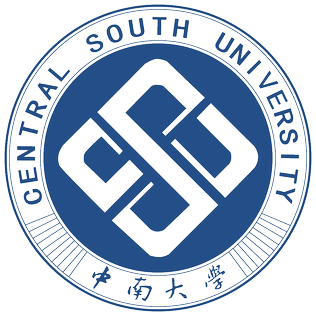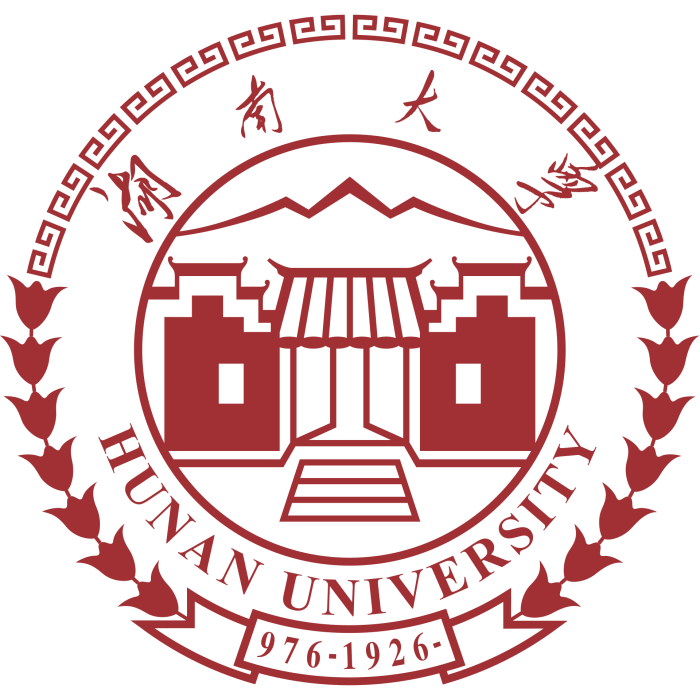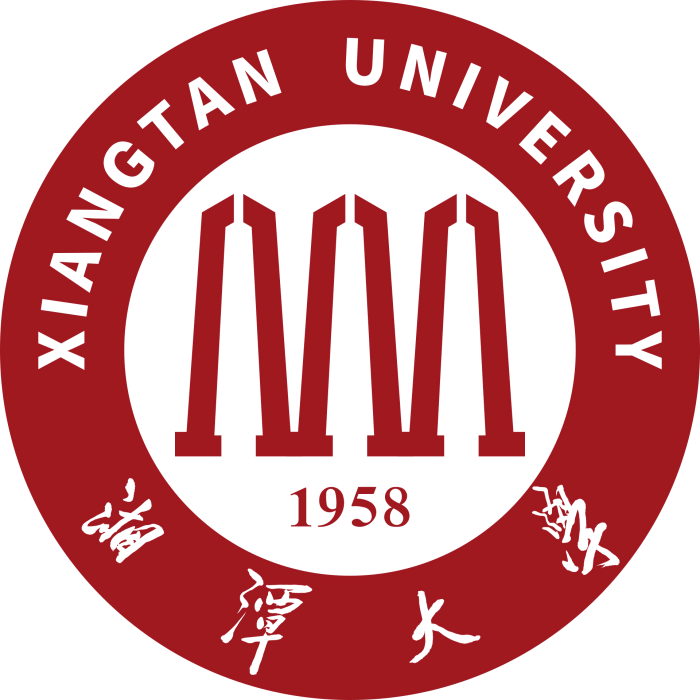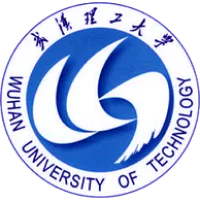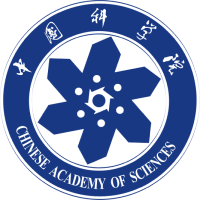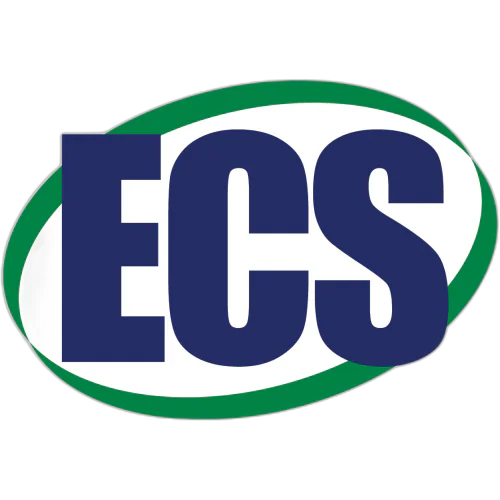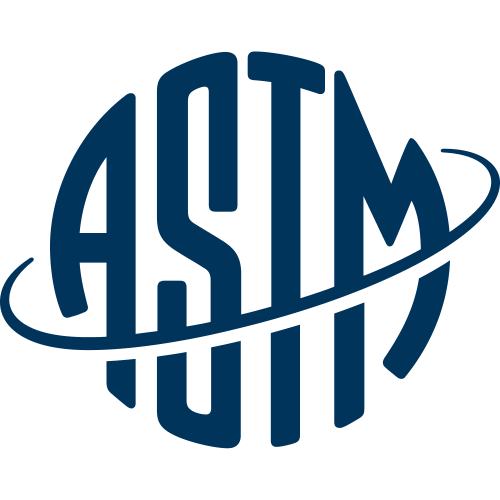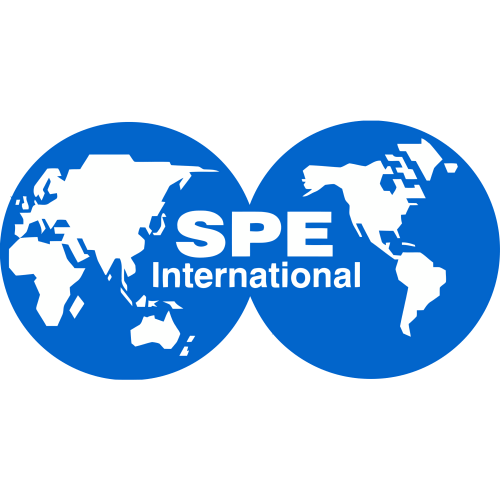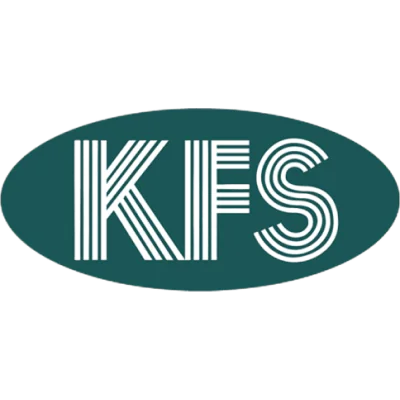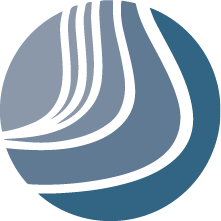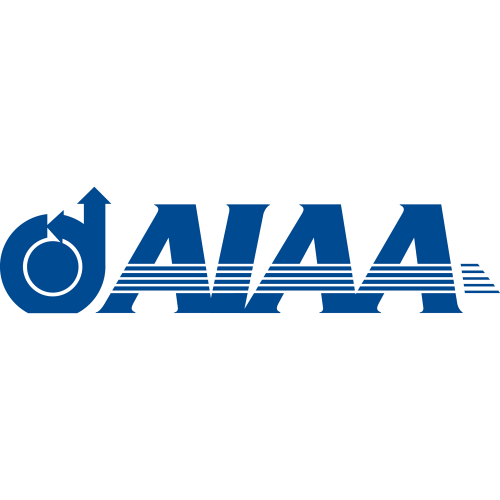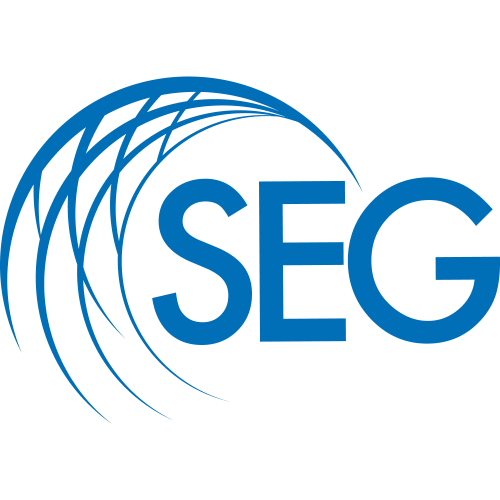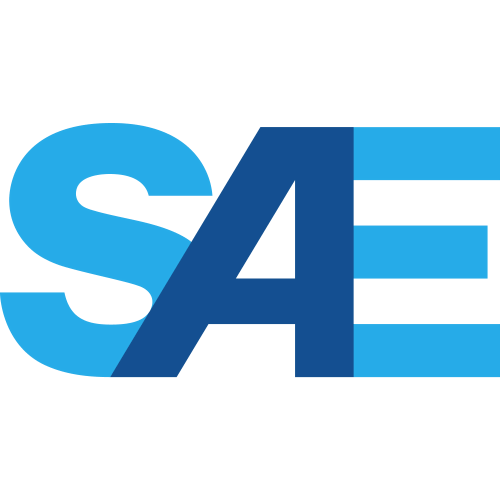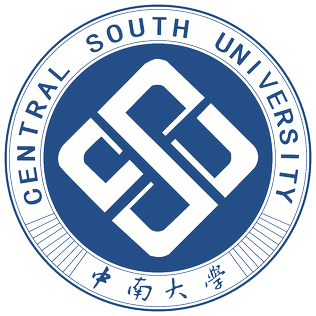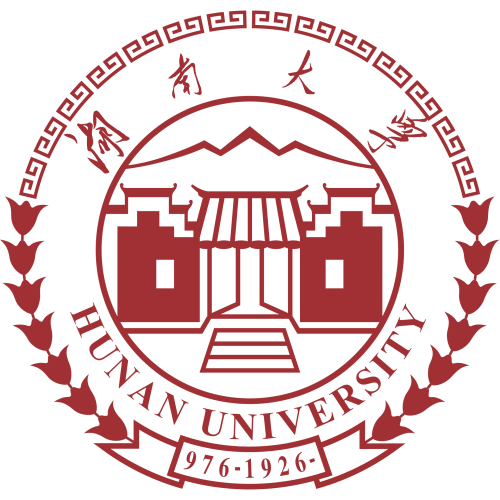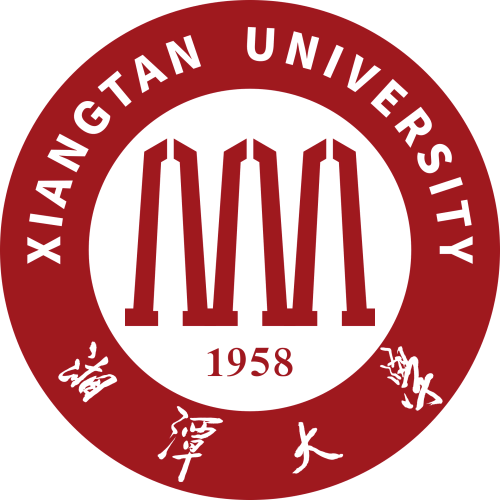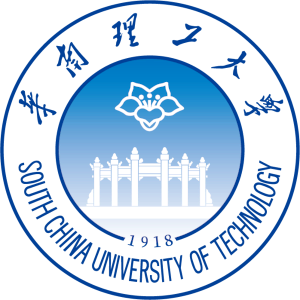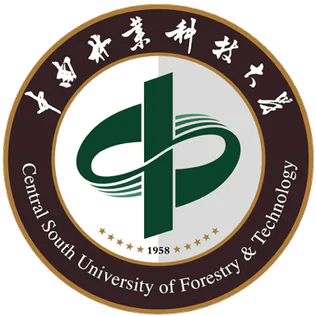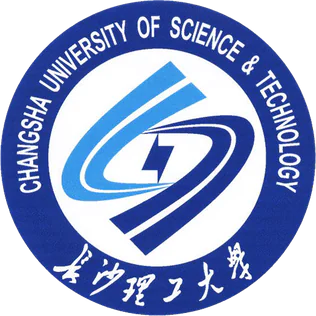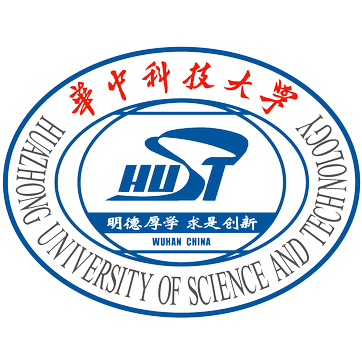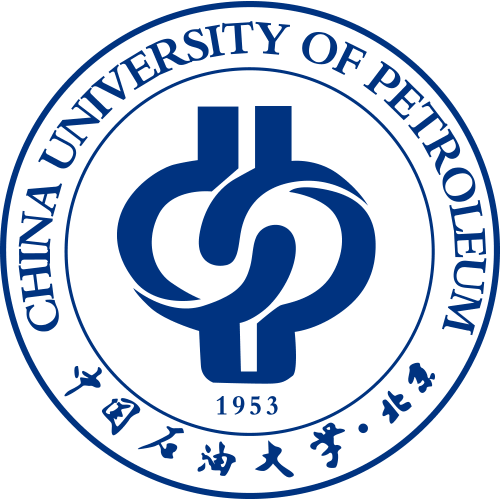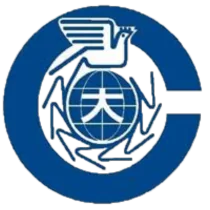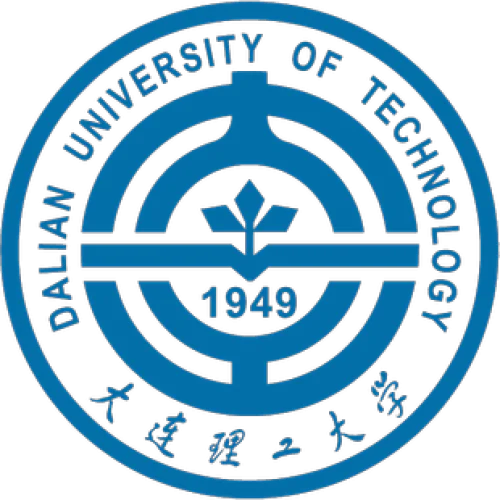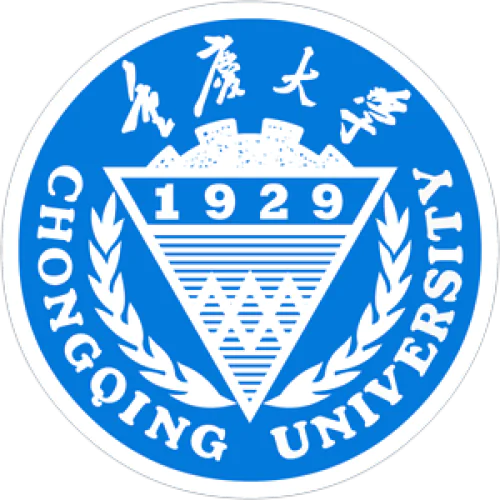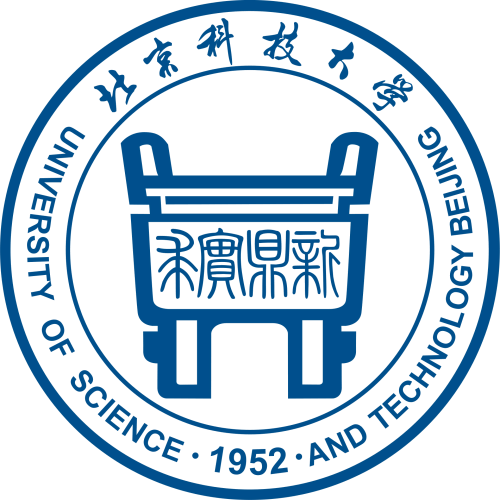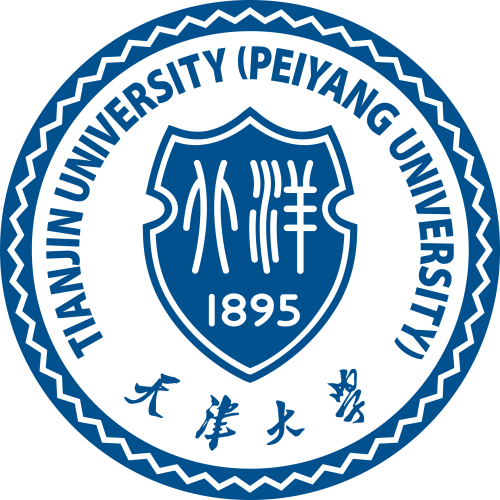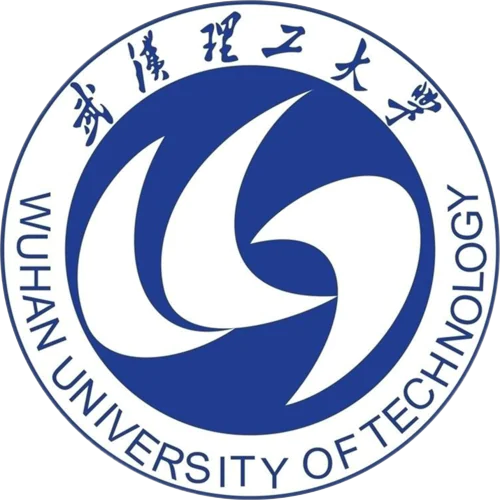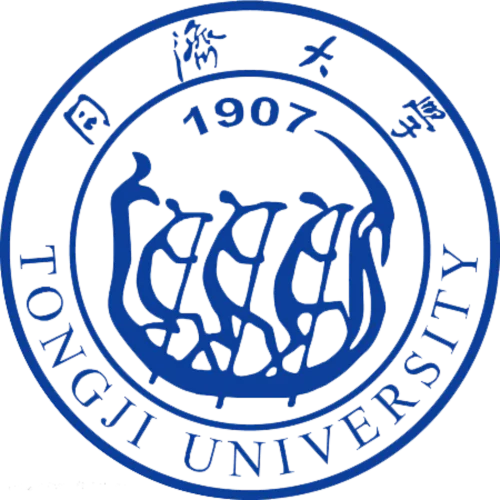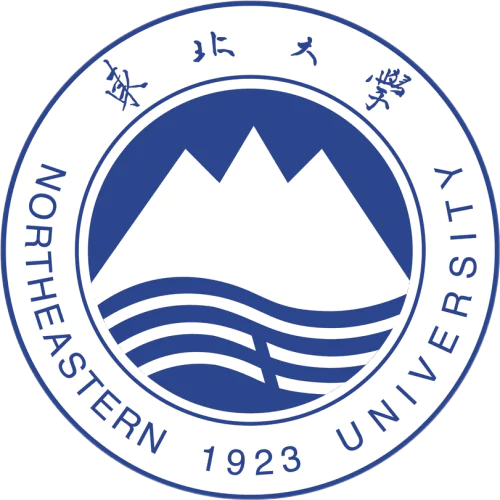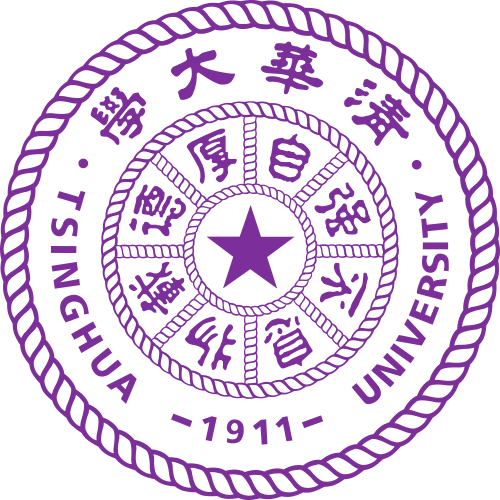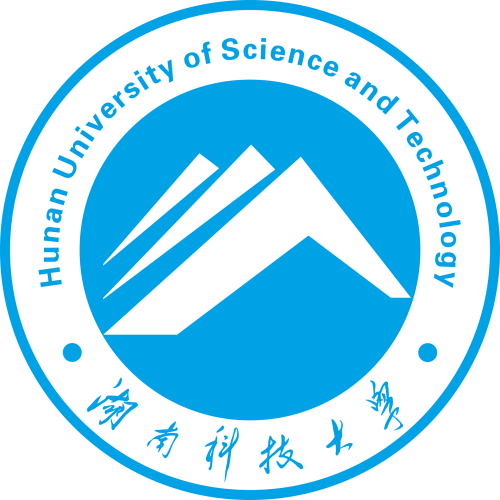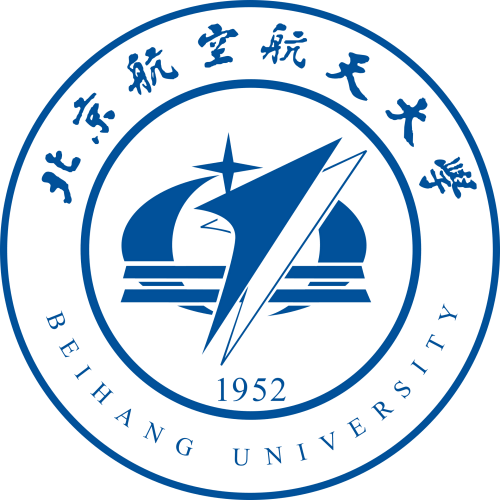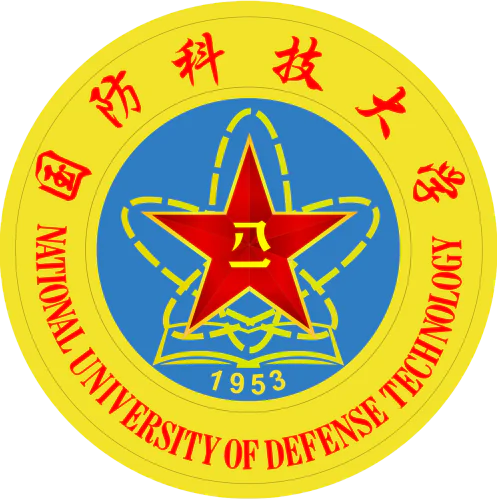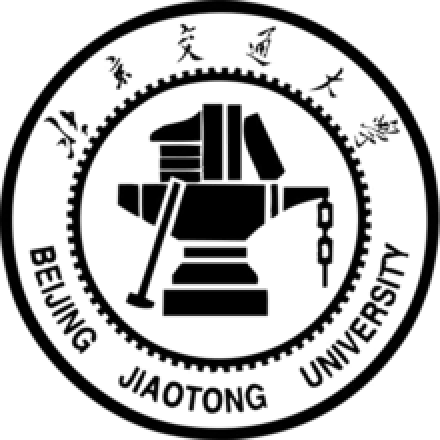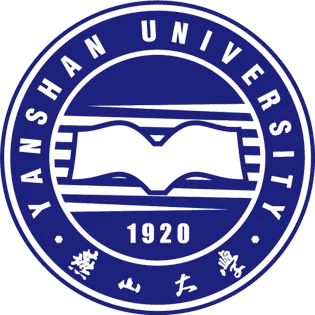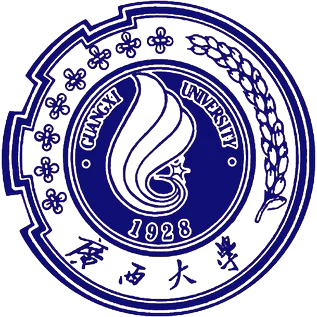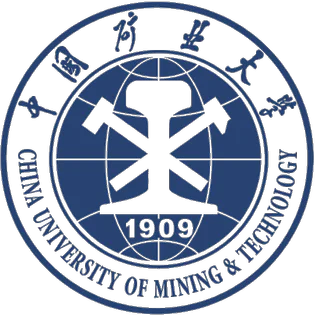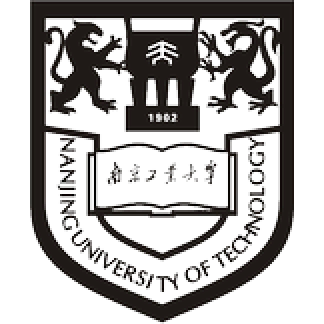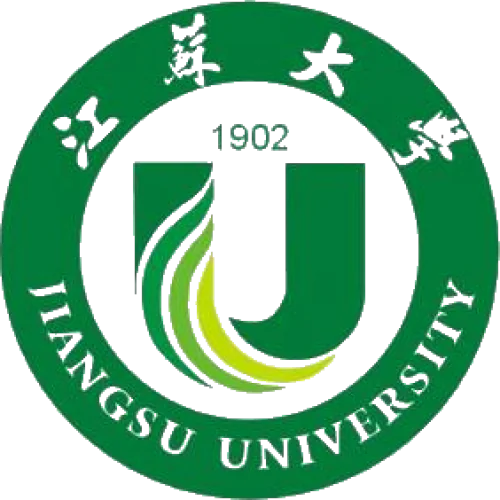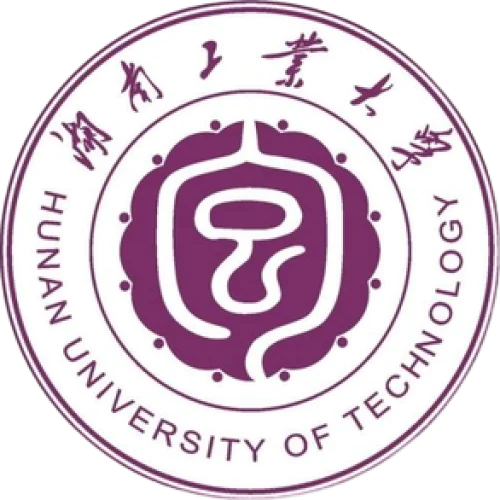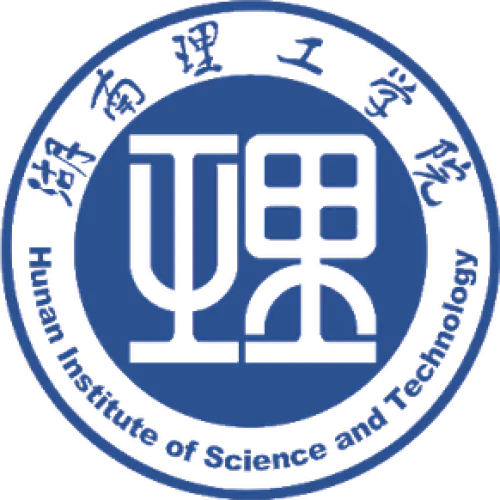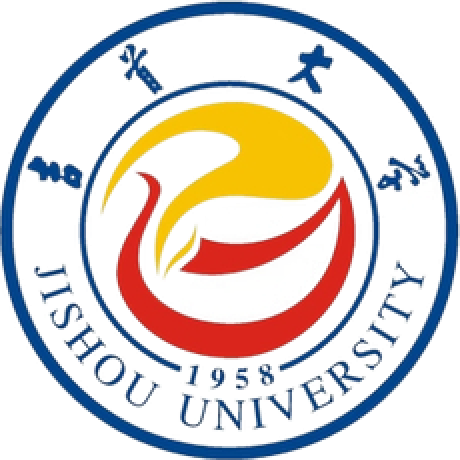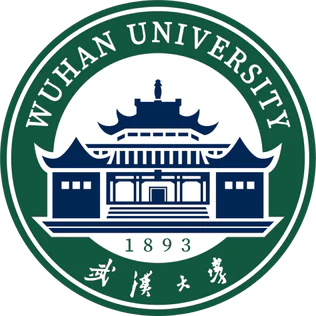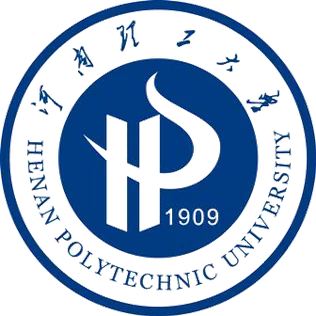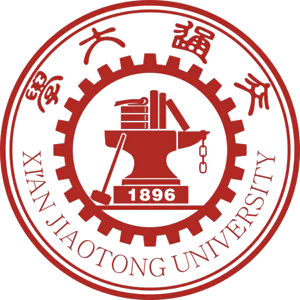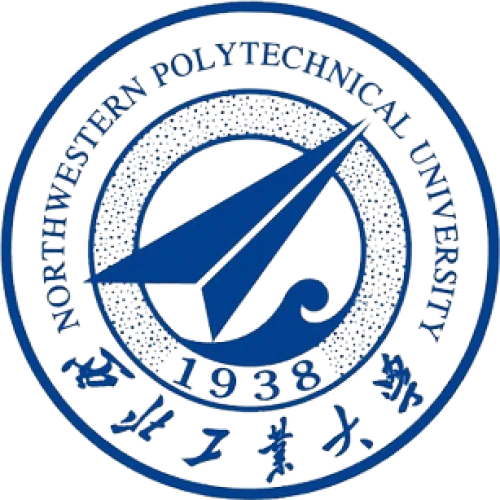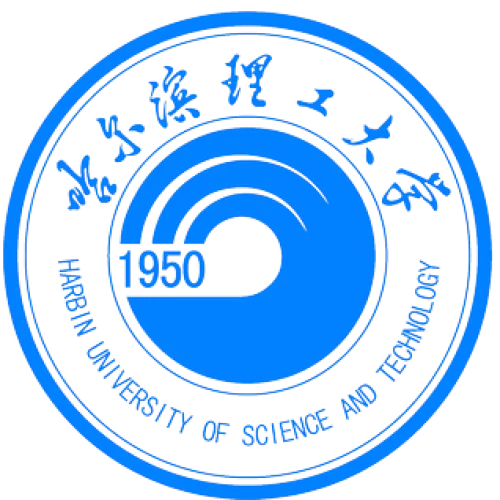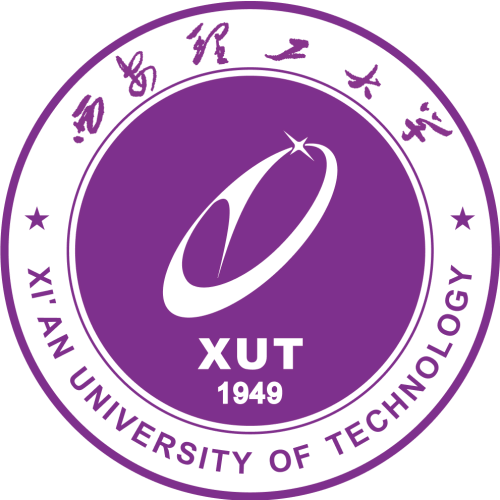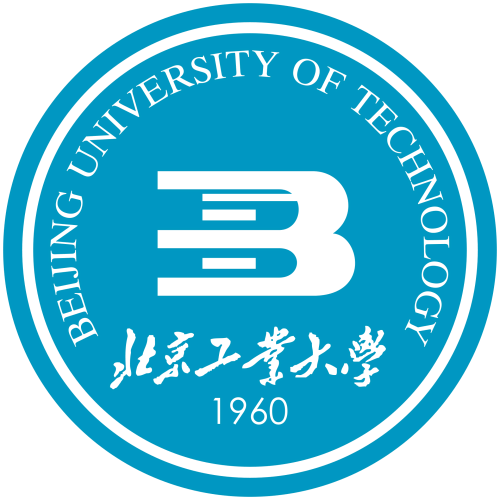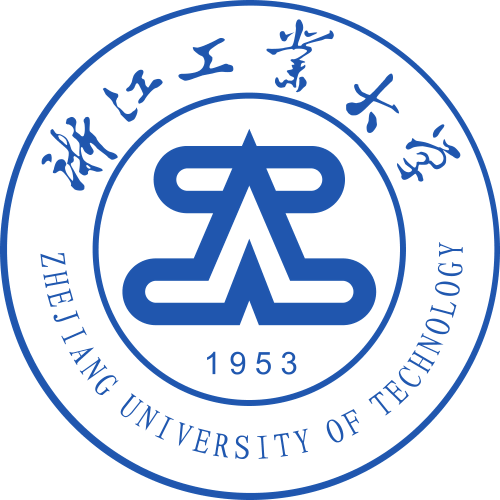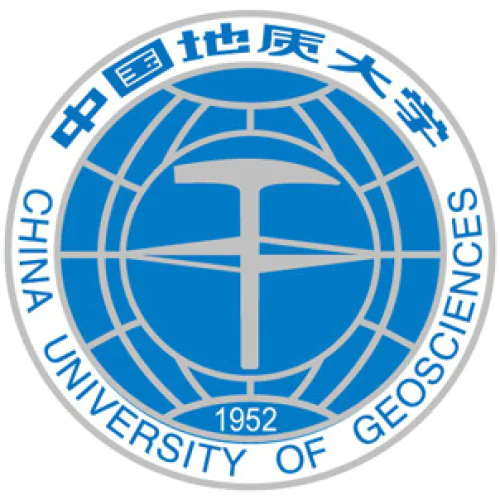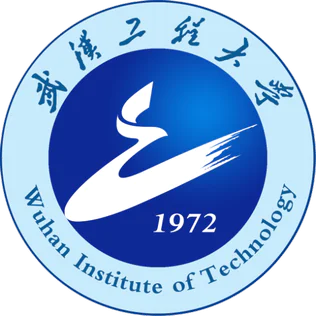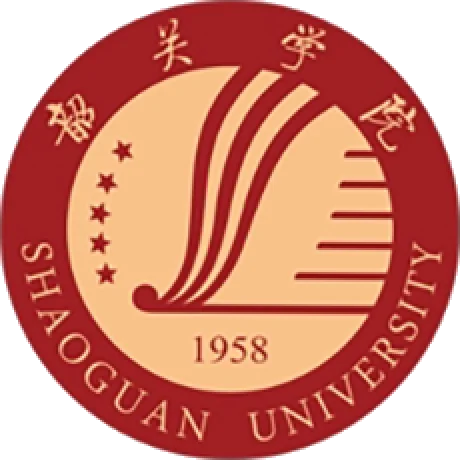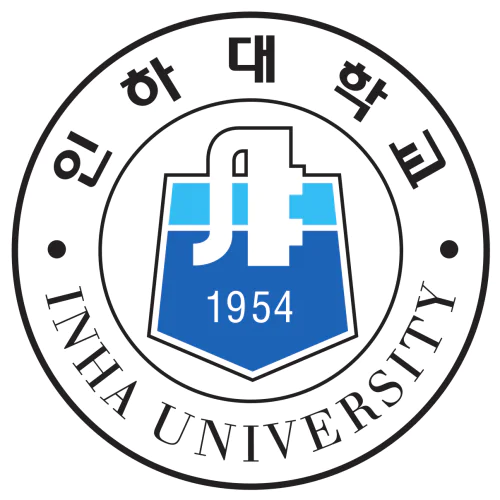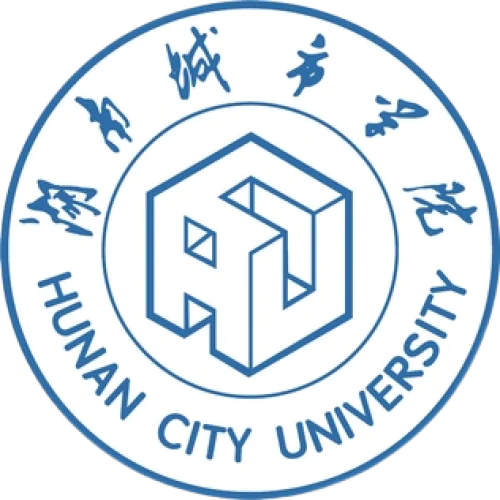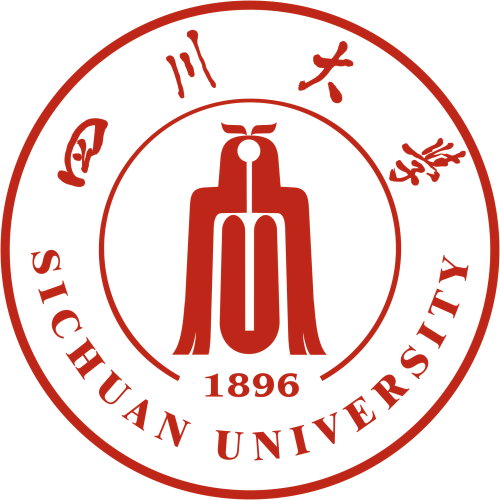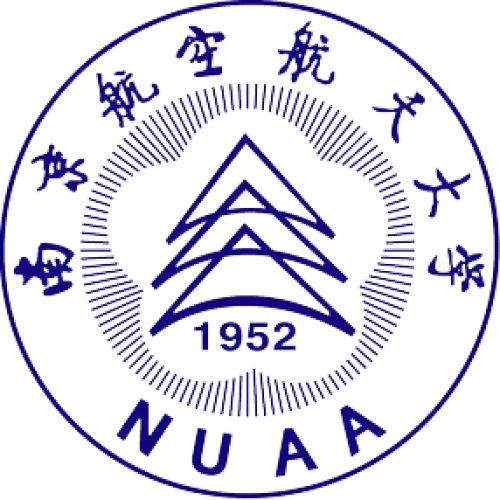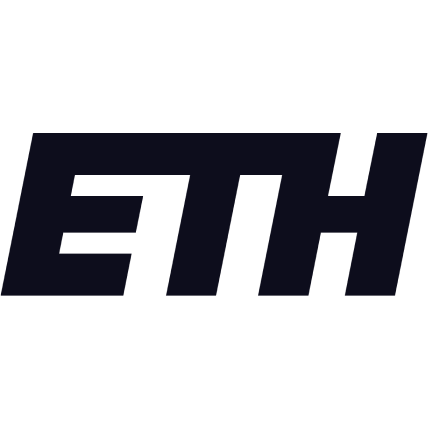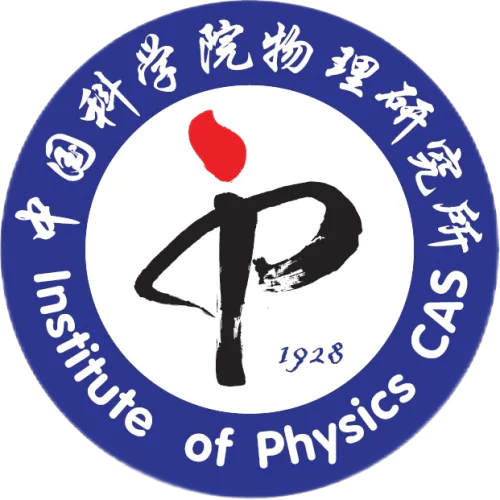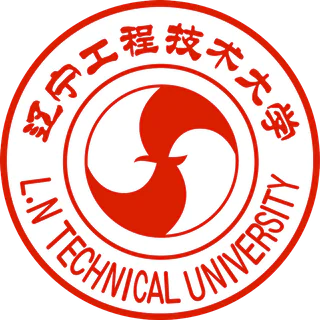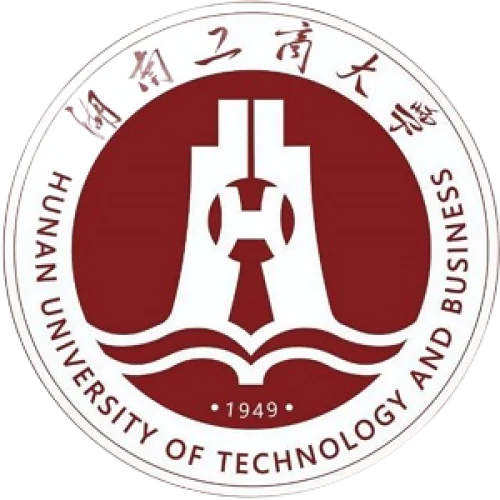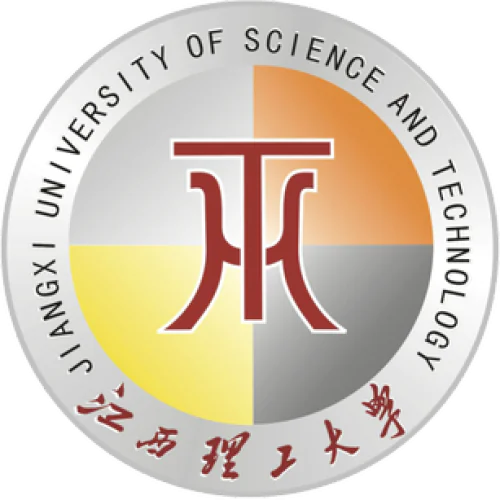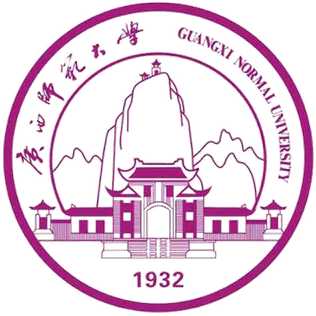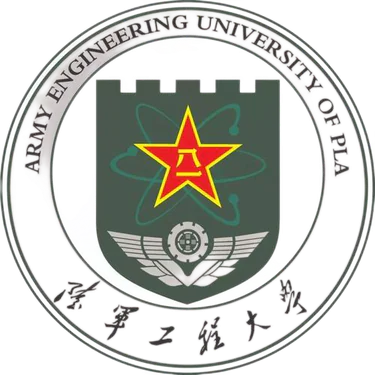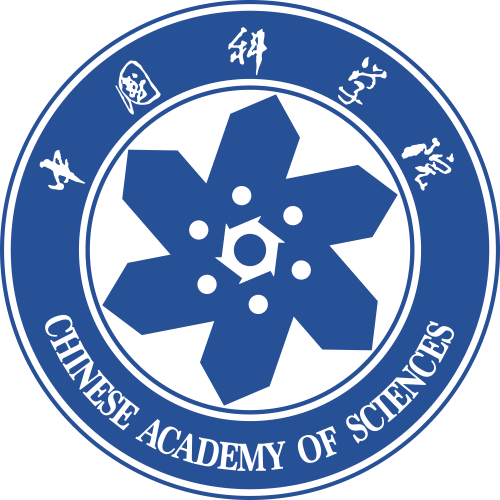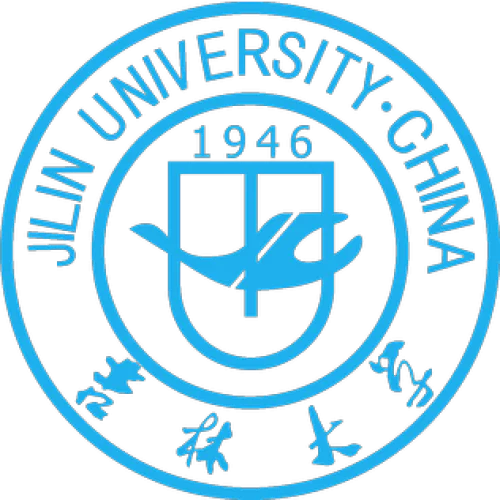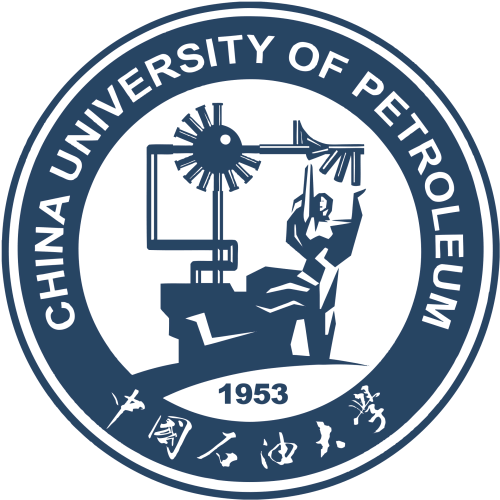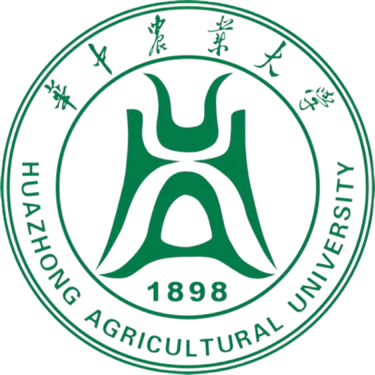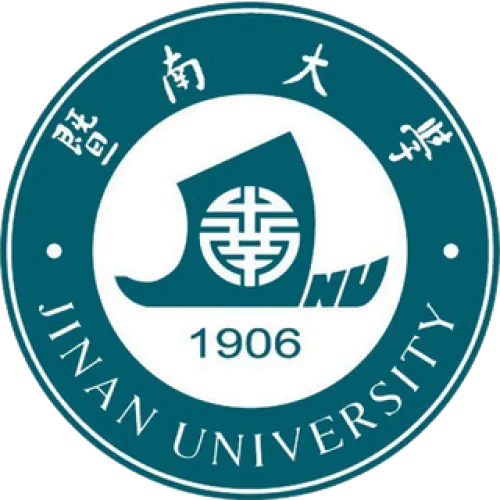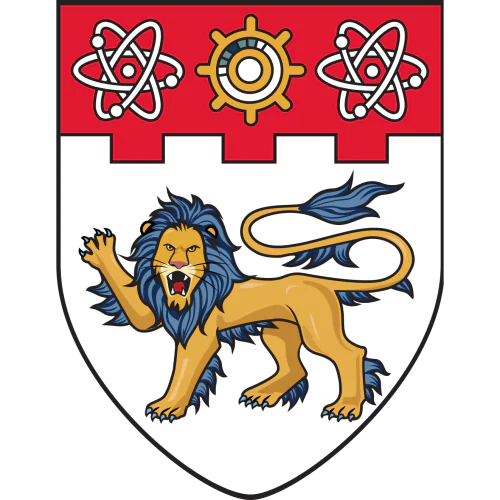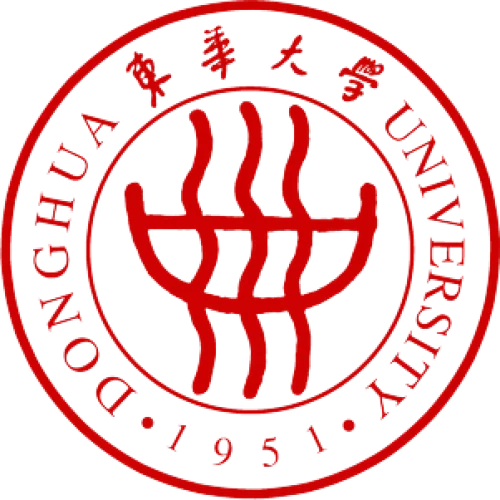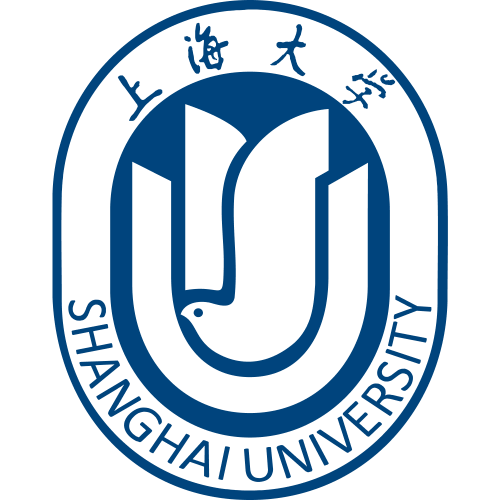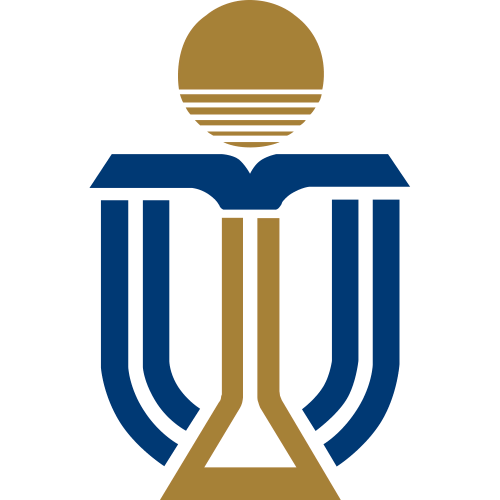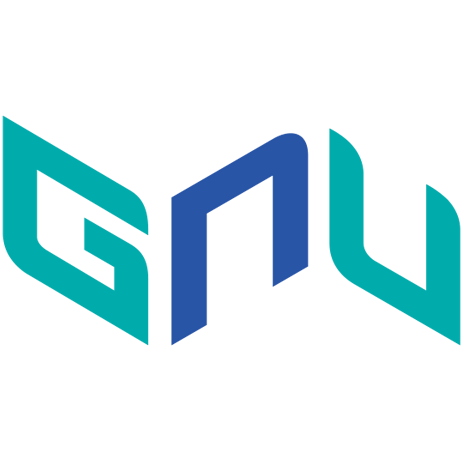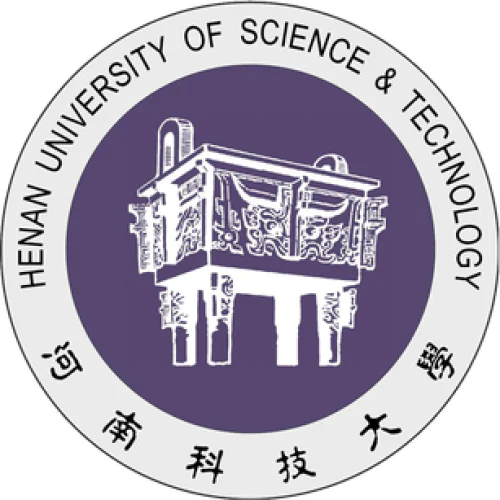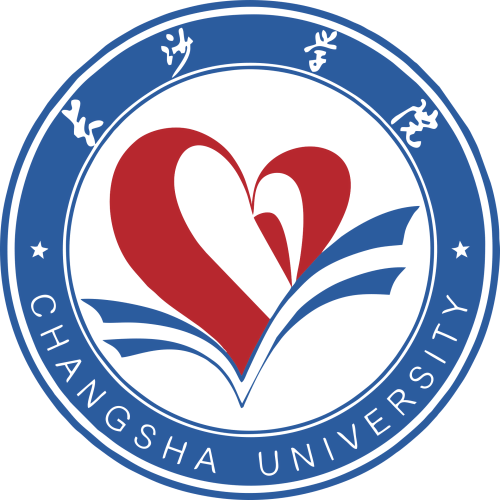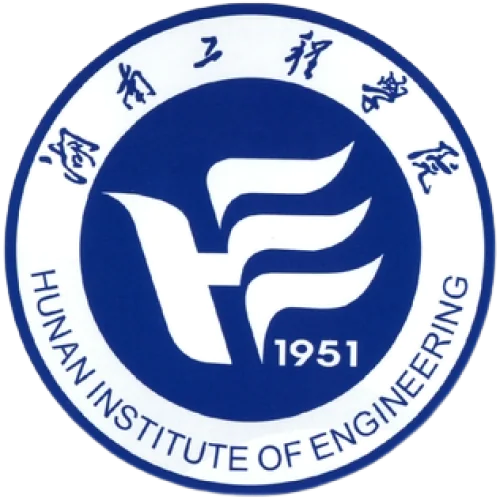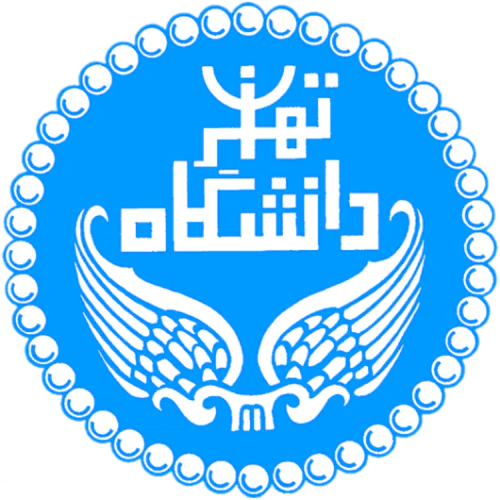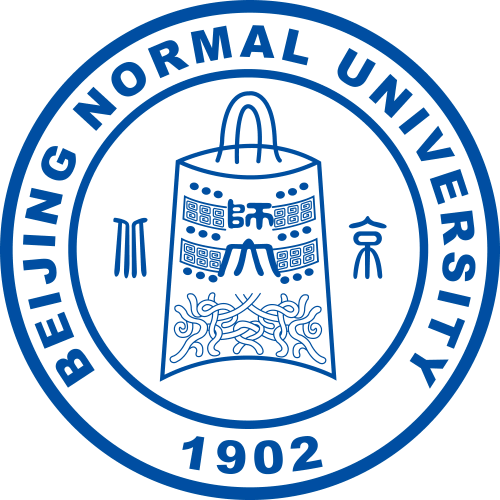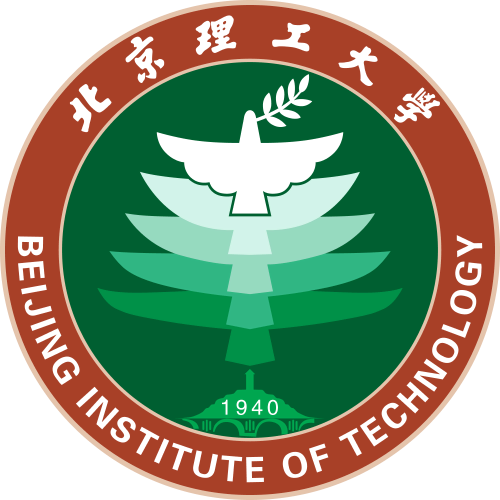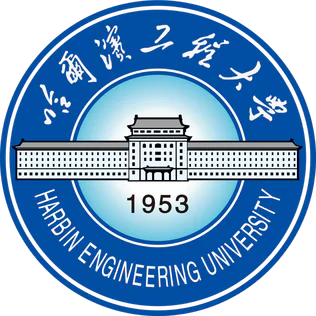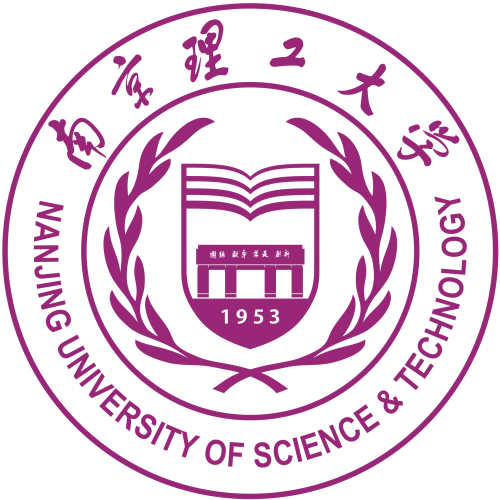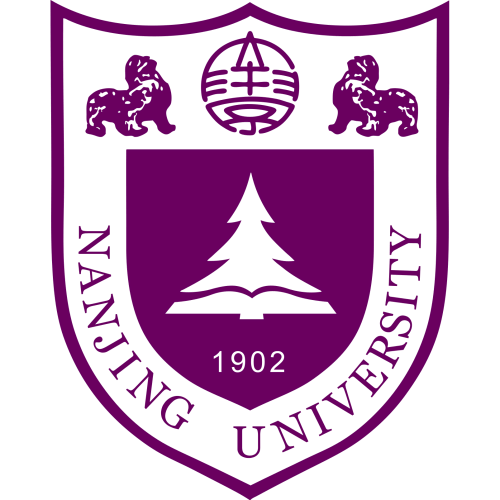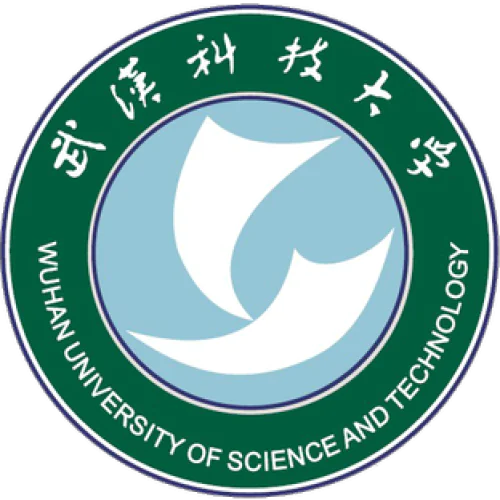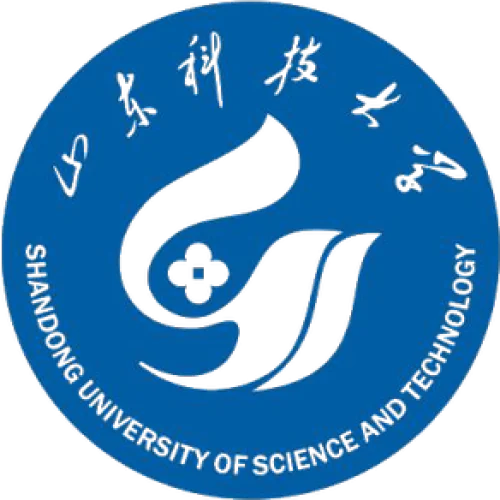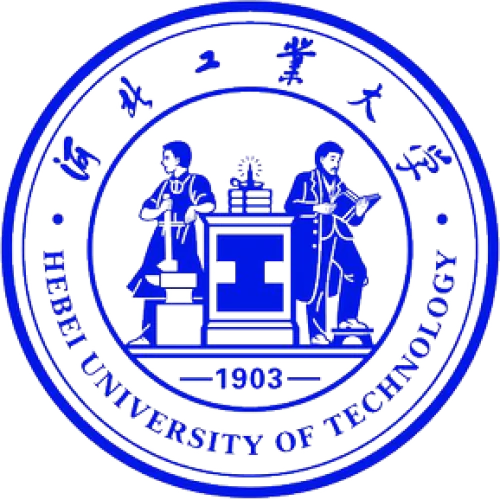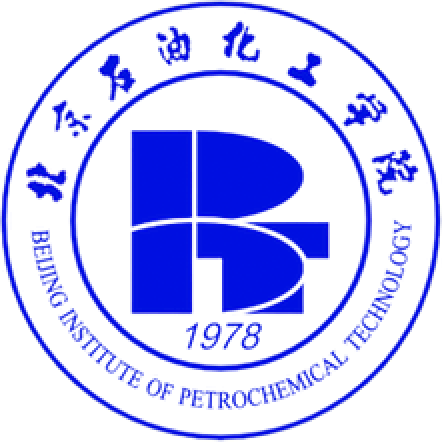|
|
|
|
Central South University
1207 publications, 56.56%
|
|
|
Hunan University
103 publications, 4.83%
|
|
|
Xiangtan University
52 publications, 2.44%
|
|
|
South China University of Technology
43 publications, 2.01%
|
|
|
Central South University of Forestry and Technology
42 publications, 1.97%
|
|
|
Shanghai Jiao Tong University
41 publications, 1.92%
|
|
|
Harbin Institute of Technology
41 publications, 1.92%
|
|
|
Changsha University of Science and Technology
38 publications, 1.78%
|
|
|
Huazhong University of Science and Technology
30 publications, 1.41%
|
|
|
China University of Petroleum (Beijing)
27 publications, 1.27%
|
|
|
Changwon National University
27 publications, 1.27%
|
|
|
Zhejiang University
26 publications, 1.22%
|
|
|
Dalian University of Technology
25 publications, 1.17%
|
|
|
North China Electric Power University
25 publications, 1.17%
|
|
|
Hohai University
24 publications, 1.12%
|
|
|
Chongqing University
21 publications, 0.98%
|
|
|
University of Science and Technology Beijing
20 publications, 0.94%
|
|
|
Tianjin University
20 publications, 0.94%
|
|
|
Wuhan University of Technology
19 publications, 0.89%
|
|
|
Tongji University
17 publications, 0.8%
|
|
|
Northeastern University
16 publications, 0.75%
|
|
|
Tsinghua University
15 publications, 0.7%
|
|
|
Hunan University of Science and Technology
15 publications, 0.7%
|
|
|
Beihang University
14 publications, 0.66%
|
|
|
National University of Defense Technology
14 publications, 0.66%
|
|
|
Beijing Jiaotong University
13 publications, 0.61%
|
|
|
Yanshan University
13 publications, 0.61%
|
|
|
Guangxi University
12 publications, 0.56%
|
|
|
China University of Mining and Technology
11 publications, 0.52%
|
|
|
Nanjing Tech University
11 publications, 0.52%
|
|
|
Jiangsu University
11 publications, 0.52%
|
|
|
Hunan University of Technology
11 publications, 0.52%
|
|
|
Hunan Institute of Science and Technology
11 publications, 0.52%
|
|
|
Southeast University
10 publications, 0.47%
|
|
|
Jishou University
10 publications, 0.47%
|
|
|
Wuhan University
9 publications, 0.42%
|
|
|
Henan Polytechnic University
9 publications, 0.42%
|
|
|
Xi'an Jiaotong University
8 publications, 0.37%
|
|
|
Northwestern Polytechnical University
8 publications, 0.37%
|
|
|
Harbin University of Science and Technology
8 publications, 0.37%
|
|
|
Xi'an University of Technology
8 publications, 0.37%
|
|
|
Shandong University
8 publications, 0.37%
|
|
|
University of Science and Technology of China
8 publications, 0.37%
|
|
|
Xiangya Hospital Central South University
7 publications, 0.33%
|
|
|
Beijing University of Technology
7 publications, 0.33%
|
|
|
North University of China
7 publications, 0.33%
|
|
|
Institute of Process Engineering, Chinese Academy of Sciences
7 publications, 0.33%
|
|
|
Zhejiang University of Technology
6 publications, 0.28%
|
|
|
Third Xiangya Hospital of Central South University
6 publications, 0.28%
|
|
|
China University of Geosciences (Wuhan)
6 publications, 0.28%
|
|
|
Wuhan Institute of Technology
6 publications, 0.28%
|
|
|
Shaoguan University
6 publications, 0.28%
|
|
|
Hefei University of Technology
6 publications, 0.28%
|
|
|
Huaqiao University
6 publications, 0.28%
|
|
|
Inha University
6 publications, 0.28%
|
|
|
Hunan City University
6 publications, 0.28%
|
|
|
Institute of Metal Research, Chinese Academy of Sciences
6 publications, 0.28%
|
|
|
Institute of Rock and Soil Mechanics, Chinese Academy of Sciences
6 publications, 0.28%
|
|
|
Peking University
5 publications, 0.23%
|
|
|
Sichuan University
5 publications, 0.23%
|
|
|
Nanjing University of Aeronautics and Astronautics
5 publications, 0.23%
|
|
|
ETH Zurich
5 publications, 0.23%
|
|
|
Hunan Normal University
5 publications, 0.23%
|
|
|
Institute of Physics, Chinese Academy of Sciences
5 publications, 0.23%
|
|
|
Liaoning Technical University
5 publications, 0.23%
|
|
|
Hong Kong Polytechnic University
5 publications, 0.23%
|
|
|
Hunan University of Technology and Business
5 publications, 0.23%
|
|
|
Jiangxi University of Science and Technology
5 publications, 0.23%
|
|
|
Guangxi Normal University
5 publications, 0.23%
|
|
|
PLA Army Engineering University
5 publications, 0.23%
|
|
|
University of Tokyo
5 publications, 0.23%
|
|
|
Institute of Mechanics, Chinese Academy of Sciences
5 publications, 0.23%
|
|
|
University of Chinese Academy of Sciences
4 publications, 0.19%
|
|
|
Jilin University
4 publications, 0.19%
|
|
|
Second Xiangya Hospital of Central South University
4 publications, 0.19%
|
|
|
China University of Petroleum (East China)
4 publications, 0.19%
|
|
|
Huazhong Agricultural University
4 publications, 0.19%
|
|
|
Jinan University
4 publications, 0.19%
|
|
|
Nanyang Technological University
4 publications, 0.19%
|
|
|
Donghua University
4 publications, 0.19%
|
|
|
Shanghai University
4 publications, 0.19%
|
|
|
Hong Kong University of Science and Technology
4 publications, 0.19%
|
|
|
Gyeongsang National University
4 publications, 0.19%
|
|
|
Henan University of Science and Technology
4 publications, 0.19%
|
|
|
Nagoya University
4 publications, 0.19%
|
|
|
Changsha University
4 publications, 0.19%
|
|
|
Hunan Institute of Engineering
4 publications, 0.19%
|
|
|
McGill University
4 publications, 0.19%
|
|
|
Tokyo University of Technology
4 publications, 0.19%
|
|
|
University of Tehran
3 publications, 0.14%
|
|
|
Beijing Normal University
3 publications, 0.14%
|
|
|
Beijing Institute of Technology
3 publications, 0.14%
|
|
|
Harbin Engineering University
3 publications, 0.14%
|
|
|
École Polytechnique Fédérale de Lausanne
3 publications, 0.14%
|
|
|
Nanjing University of Science and Technology
3 publications, 0.14%
|
|
|
Nanjing University
3 publications, 0.14%
|
|
|
Wuhan University of Science and Technology
3 publications, 0.14%
|
|
|
Shandong University of Science and Technology
3 publications, 0.14%
|
|
|
Hebei University of Technology
3 publications, 0.14%
|
|
|
Beijing Institute of Petrochemical Technology
3 publications, 0.14%
|
|
|
|
|



